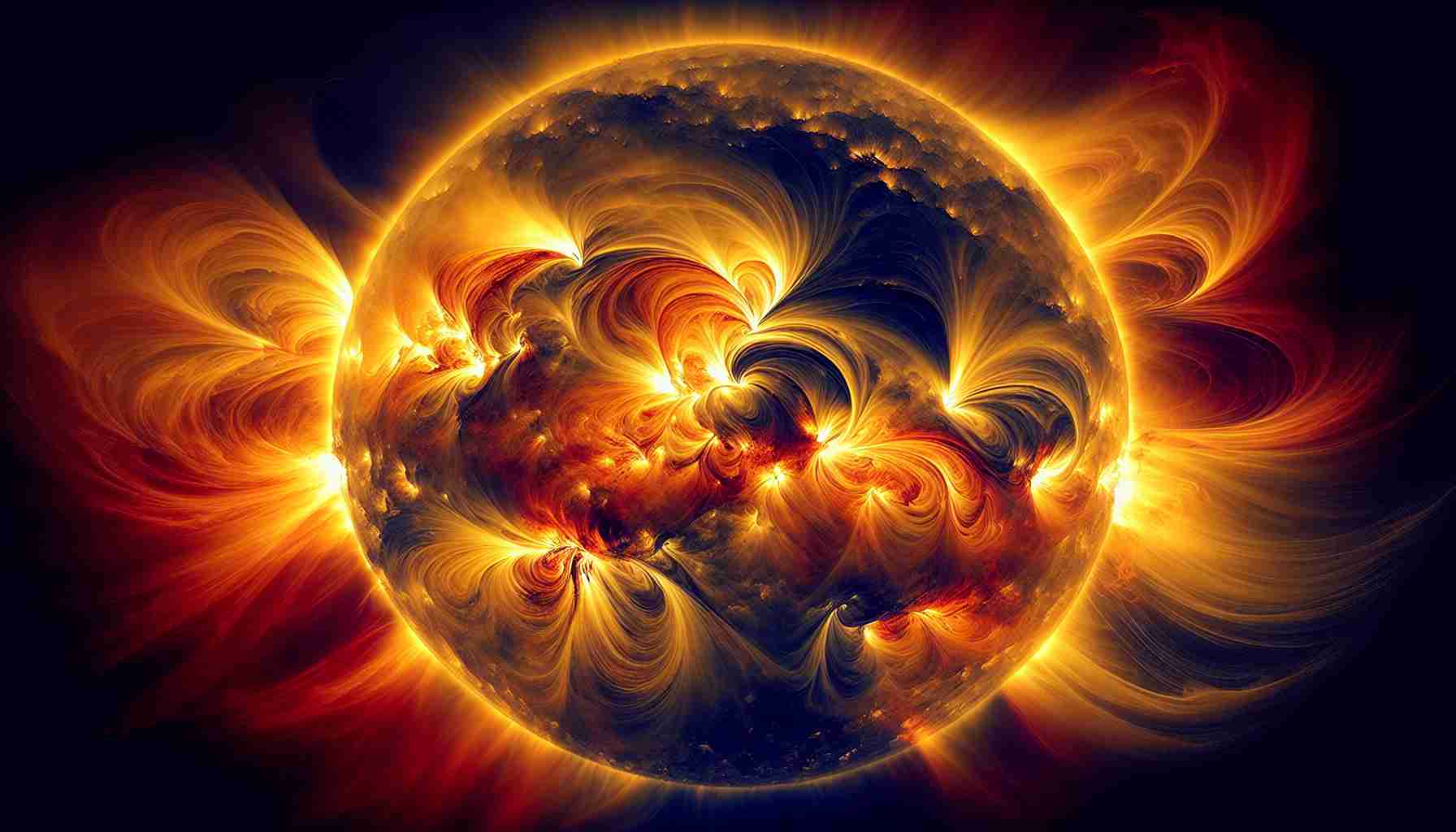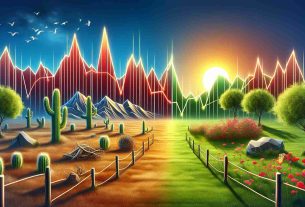This past week has brought a spectacular display for sky gazers, with striking celestial lights visible in various parts of the globe. Referred to as the Aurora Borealis or Northern Lights, this captivating phenomenon arises from the interaction of solar particles with the Earth’s atmosphere. Interestingly, the recent surge in solar activity has pushed these dazzling displays further south, allowing more people to witness the breathtaking spectacle.
Famed astrophysicist Neil deGrasse Tyson captured a mesmerizing image from Long Island, showcasing the vibrant hues of the aurora against the night sky. Across the United Kingdom, the aurorae also made a remarkable appearance, delighting observers and prompting the UK Met Office and the Royal Astronomy Society to share awe-inspiring snapshots.
Moreover, the spellbinding view extended beyond Earth’s borders, with NASA astronaut Matthew Dominick capturing the ethereal sight from the International Space Station. Enthusiasts worldwide took advantage of the opportunity to photograph the aurorae using simple smartphone cameras, resulting in a stunning collection of images available for all to admire.
The intensified solar activity driving this extraordinary display is attributed to the sun entering its solar maximum phase, characterized by heightened levels of solar flares and Coronal Mass Ejections. These energetic outbursts not only impact space technology but also contribute to the enhanced visibility of aurorae on Earth, showcasing the mesmerizing beauty of our solar system’s interconnected phenomena.
Additional Relevant Facts:
– The Northern Lights are also known as the Aurora Borealis in the Northern Hemisphere and the Southern Lights or Aurora Australis in the Southern Hemisphere.
– Solar activity follows an 11-year cycle known as the solar cycle, with periods of increased and decreased activity affecting phenomena like aurorae.
– Aurorae occur not only on Earth but are also observed on other planets in the solar system with magnetic fields, such as Jupiter, Saturn, and Uranus.
Key Questions:
1. What causes solar activity to increase and decrease in cycles?
2. How do solar flares and Coronal Mass Ejections affect Earth’s magnetic field and atmosphere?
3. How can increased solar activity impact telecommunications and power infrastructure on Earth?
Key Challenges/Controversies:
– Monitoring and predicting solar activity to mitigate potential impacts on Earth’s technology and infrastructure can be challenging.
– Understanding the long-term effects of heightened solar activity on Earth’s climate and environment is an area of ongoing research and debate.
Advantages and Disadvantages:
– Advantages: Increased solar activity leading to enhanced aurorae provides opportunities for scientific study and captivating visual experiences for sky gazers. Solar activity also plays a crucial role in shaping the space environment and understanding its dynamics.
– Disadvantages: Intense solar flares and Coronal Mass Ejections can disrupt satellite communication, GPS systems, and power grids on Earth, posing challenges for technological systems reliant on stable space weather conditions.
Related Links:
– NASA
– Met Office
– Royal Astronomy Society



